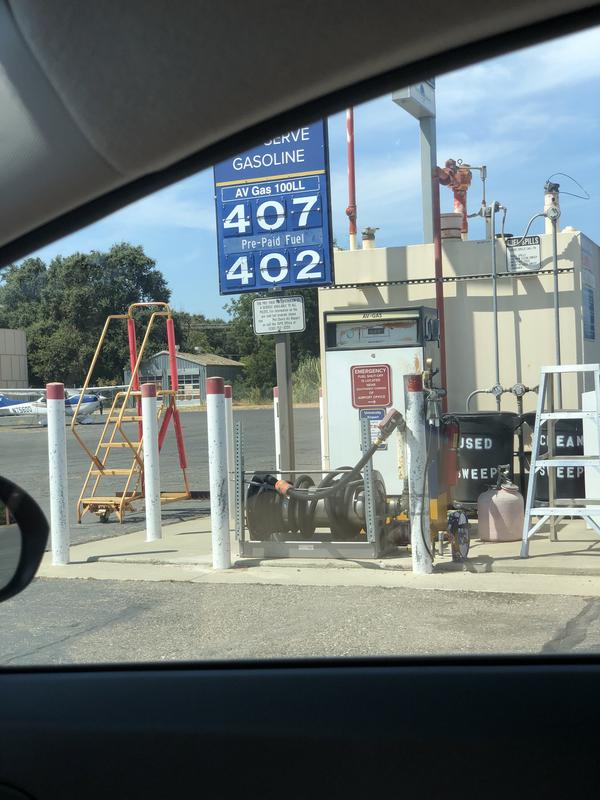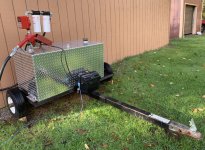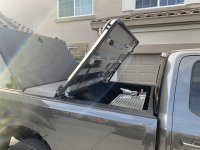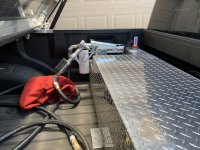To both Capt and MacCool, there is the opportunity to enlighten yourself, and there's plenty of information freely available from credible sources to do so.
20min 30sec onwards is worth listening to in the following presentation from Mike Busch at Savvy Aviation (in fact all Mike's presentations are worth listening to):
https://www.youtube.com/watch?v=AEGyN2U3FSM
If you can't be bothered listening to it, then I'll spell out his comments:
"... lead is a good octane improver, but it's absolutely disastrously in all other respects."
Trying to play out mogas users as just being tightwads is just straight up incorrect. Lead does not belong in naturally aspirated aircraft engines running at 8.5:1 compression ratio's and lower (some would argue higher with the right timing), and that is supported by Lycoming, who approve the use of unleaded mogas in almost every Lycoming engine 8.5 and lower:
https://www.lycoming.com/sites/default/files/SI1070AB Specified Fuels.pdf
From stuck valves caused by lead condensate (more common in Lycoming's because of their cooler sodium filled valves) to the tetraethyl lead combining with ethelyne dibromide to form the salt lead bromide (see the link below from Shell) lead in fuel is just brutal to internal combustion engines:
https://www.shell.com/business-cust...entre/technical-talk/techart-18-30071600.html
As we all know, water vapor is one of the byproduct of hydrocarbon combustion, which ends up in your crankcase as blowby gasses. Mix water and salt and leave it on an iron camshaft and of course you're going to end up with corrosion. I just got a notice today of an O-320 that had a prop strike here and was pulled apart to find the engine was in great conditions, except the crank was covered in corrosion (the owner was a diehard avgas user and is now up for a further $7k). There's a reason we don't hear of car engines having corrosion issues anymore. The sale of lead in auto fuel was banned in this country 19 years ago.
And if you don't think fueling mishaps occur with aviation fuels, you are seriously mistaken.
When I pump fuel into my aircraft it all goes through a filter that I have verified the micron rating and other critical specifications. I put it through a clear fuel bowl so that I can determine the batch color as a visual indicator. I can verify the vapor pressure, ethanol content and so-on. You don't know any of this when the fuel truck pulls up and pumps it into your aircraft, as Bob Hoover found out the hard way.
https://blog.aopa.org/aopa/2016/01/11/misfueled/
Those Australians in the crowd will never forget the biggest fuel contamination issue in the nations history of course happened with, yes you guessed it, avgas. Not only did it ground half the entire aircraft fleet in Australia, it resulted in some very expensive equipment replacements:
http://avstop.com/news/avgas.html#:... in the dosage,the contamination of this fuel.
Using avgas in aircraft that do not require it simply gives the aviation community a bad name and makes the public want to shut us down even harder. All we really do when we use it is threaten its availability for those warbirds and high compression aircraft that really do need it. Based on the list published by Lycoming I would approximate that 80% of engines don't need to be running leaded fuel. We should be leaving it for those who really do so that the classics of aviation can continue to fly.
Rant over.
Tom
RV-7
IO-360M1B that only drinks Mogas.








